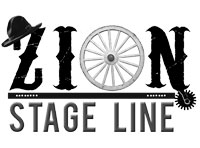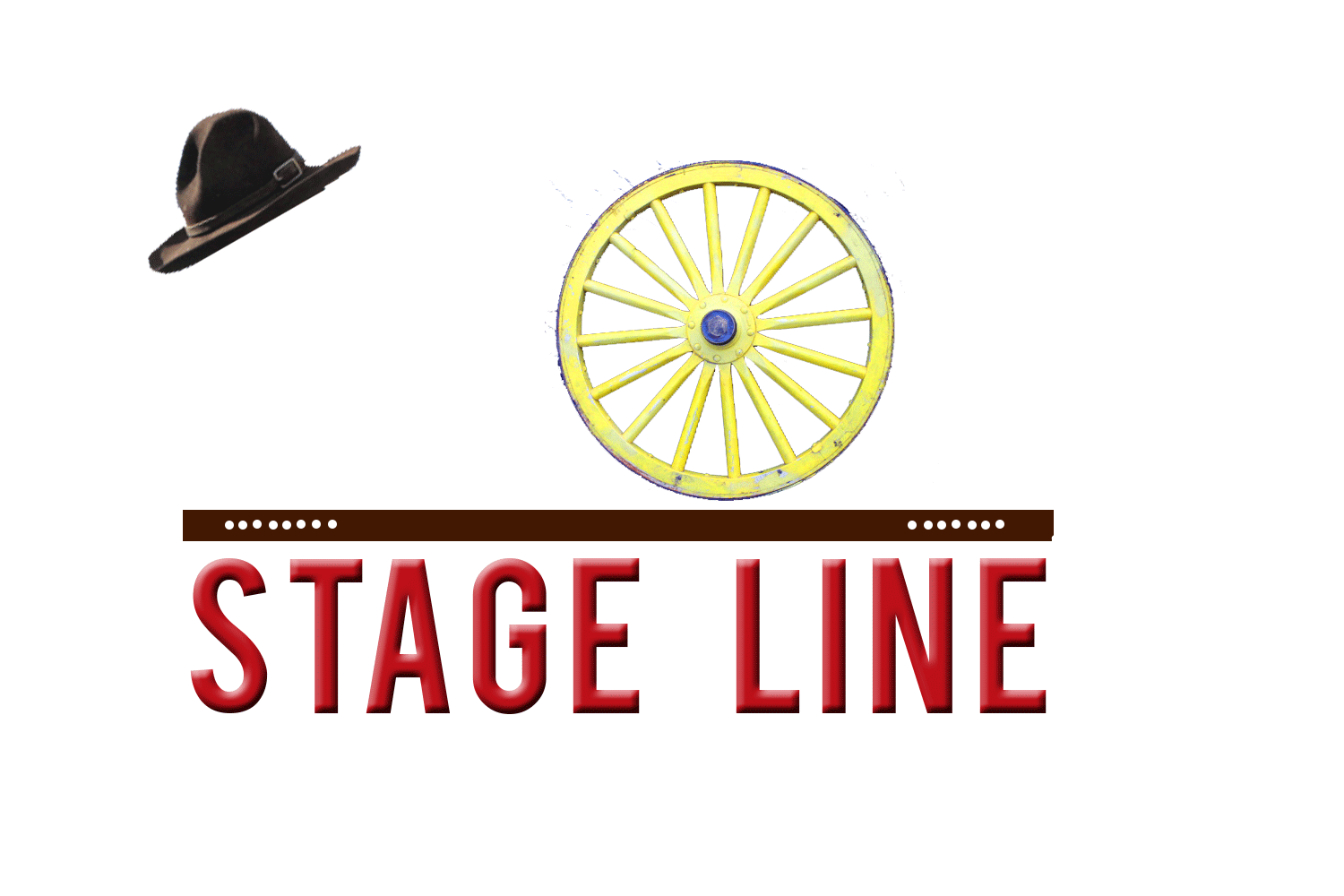Saddles, spurs, chaps, reigns, boots, and hats. I often find one of these items flung over a chair, hanging off a bed post, and the boots always lining the wall just inside the door. Horses have been in our family’s history for generations; somehow I think that after the Civil War, one of them might have been a stagecoach driver.
A few years back a couple that our young people had been working for asked them if they wanted to spend a summer taking a few of our horses and training them to drive. This wonderful couple wanted to pass on their knowledge and experience to a younger generation – one full of energy and the will to want to learn. Of course, in the process of learning and training the horses, they also worked on their first wagon that their horses would pull. In the back of their minds they were always thinking…stagecoach…somehow they wanted to be able to own and drive a stagecoach. The journey was about as bumpy as a ride in a stagecoach too.
It began with building a coach body, attached to a flat trailer and then driving it in the fair. The next year they were given another wagon which they rebuilt into a working undercarriage to go with their makeshift stagecoach. Even with all of their hard work and efforts, they were not satisfied. It still wasn’t a “real” stagecoach! After all, this one had rubber wheels. They called around and asked a friend who was a wheeler if he could build them an undercarriage and they would build the top part. He informed them that he had already built an entire stagecoach for Hollywood to use while producing the movie, 3:10 to Yuma. And in one of the scenes, it was actually set on fire and burned out. He had bought it back from the production company and then sold it to another gentleman a distance away. He suggested that they get in touch with the last purchaser and see if they could strike a deal with him.
Then came the question – how would they come up with the amount of money needed to buy this burned out coach? While a tough decision, they ultimately decided to sell their horses that they had worked so hard to train to drive. Using the funds from the sale, they would then buy the stagecoach and with the leftover funds purchase younger horses for a lower price and begin the work of training them. This required a lot of time and patience on their part; a lot of waiting for the horses to mature enough to be trained and then the actual work of training them to drive the stagecoach.
In the meantime, there was plenty of things to do to rebuild that stagecoach. The producers did a real good job of burning it in 3:10 to Yuma. Fortunately it wasn’t a total loss. It still had the frame work and the undercarriage was unharmed. So the work began.


